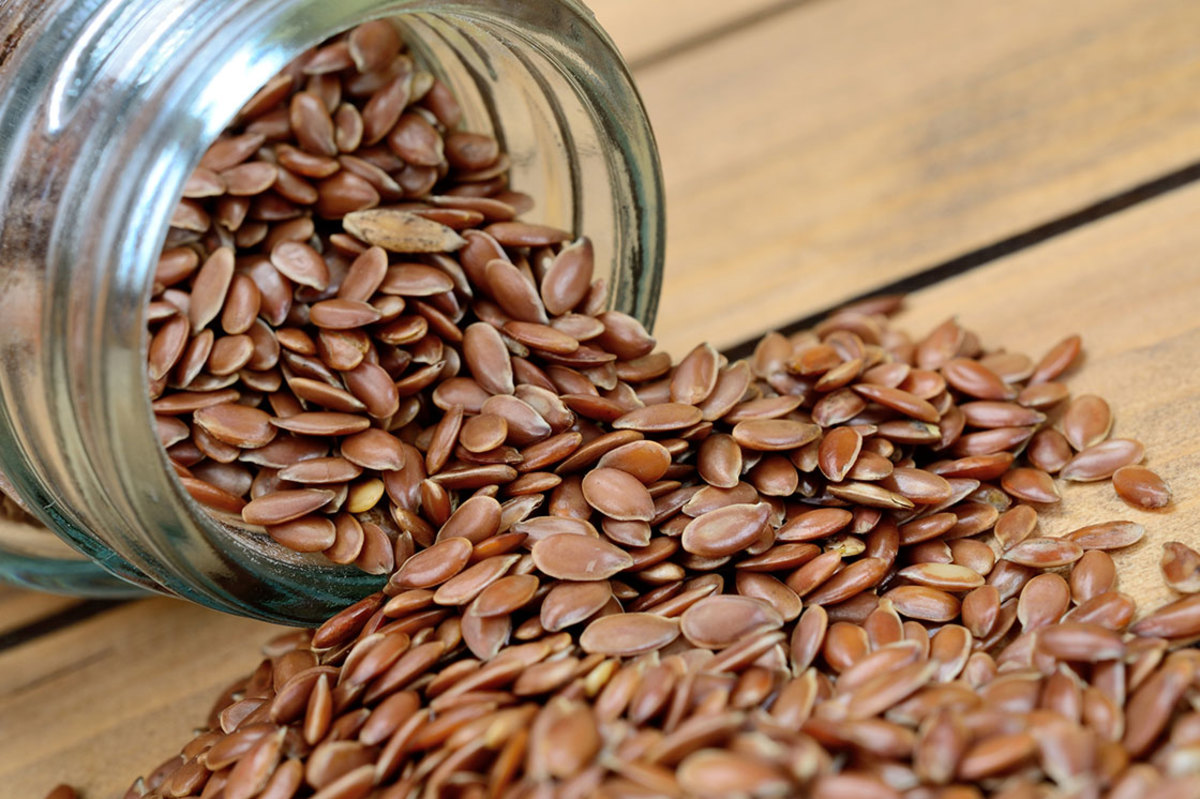Science. b. 9 (3): 165-191. Doi:10.1631/jzus.B0710640
페이지 정보
작성자 Suzette 작성일 24-10-01 16:22 조회 3 댓글 0본문
 Sesamum indicum) is a plant within the genus Sesamum, additionally called benne. Numerous wild kin occur in Africa and a smaller number in India. It is extensively naturalized in tropical areas all over the world and is cultivated for its edible seeds, which develop in pods. World production in 2018 was 6 million metric tons (5,900,000 lengthy tons; 6,600,000 short tons), with Sudan, Myanmar, and India as the largest producers. Sesame seed is without doubt one of the oldest oilseed crops known, domesticated well over 3,000 years in the past. Sesamum has many other species, most being wild and native to sub-Saharan Africa. S. indicum, the cultivated sort, originated in India. It tolerates drought situations properly, growing where other crops fail. Sesame has one of the best oil contents of any seed. With a wealthy, nutty flavor, it's a common ingredient in cuisines around the globe. Like other foods, it will possibly set off allergic reactions in some folks.
Sesamum indicum) is a plant within the genus Sesamum, additionally called benne. Numerous wild kin occur in Africa and a smaller number in India. It is extensively naturalized in tropical areas all over the world and is cultivated for its edible seeds, which develop in pods. World production in 2018 was 6 million metric tons (5,900,000 lengthy tons; 6,600,000 short tons), with Sudan, Myanmar, and India as the largest producers. Sesame seed is without doubt one of the oldest oilseed crops known, domesticated well over 3,000 years in the past. Sesamum has many other species, most being wild and native to sub-Saharan Africa. S. indicum, the cultivated sort, originated in India. It tolerates drought situations properly, growing where other crops fail. Sesame has one of the best oil contents of any seed. With a wealthy, nutty flavor, it's a common ingredient in cuisines around the globe. Like other foods, it will possibly set off allergic reactions in some folks.
 The word "sesame" is from Latin sesamum and Greek σήσαμον: sēsamon; which in turn are derived from historical Semitic languages, e.g., Akkadian šamaššamu. From these roots, words with the generalized that means "oil, liquid fats" had been derived. The word "benne" was first recorded to be utilized in English in 1769 and comes from Gullah benne which itself derives from Malinke bĕne. Sesame seed is taken into account to be the oldest oilseed crop known to humanity. The genus has many species, and most are wild. Most wild species of the genus Sesamum are native to sub-Saharan Africa. Archaeological remnants of charred sesame courting to about 3500-3050 BCE recommend sesame was domesticated in the Indian subcontinent no less than 5500 years ago. It has been claimed that trading of sesame between Mesopotamia and the Indian subcontinent occurred by 2000 BC. It is possible that the Indus Valley civilization exported sesame oil to Mesopotamia, the place it was referred to as ilu in Sumerian and ellu in Akkadian, evaluate Southern Dravidian Kannada eḷḷu, Tamil eḷ.
The word "sesame" is from Latin sesamum and Greek σήσαμον: sēsamon; which in turn are derived from historical Semitic languages, e.g., Akkadian šamaššamu. From these roots, words with the generalized that means "oil, liquid fats" had been derived. The word "benne" was first recorded to be utilized in English in 1769 and comes from Gullah benne which itself derives from Malinke bĕne. Sesame seed is taken into account to be the oldest oilseed crop known to humanity. The genus has many species, and most are wild. Most wild species of the genus Sesamum are native to sub-Saharan Africa. Archaeological remnants of charred sesame courting to about 3500-3050 BCE recommend sesame was domesticated in the Indian subcontinent no less than 5500 years ago. It has been claimed that trading of sesame between Mesopotamia and the Indian subcontinent occurred by 2000 BC. It is possible that the Indus Valley civilization exported sesame oil to Mesopotamia, the place it was referred to as ilu in Sumerian and ellu in Akkadian, evaluate Southern Dravidian Kannada eḷḷu, Tamil eḷ.
Egyptians known as it sesemt, and it is included in the record of medicinal medication in the scrolls of the Ebers Papyrus dated to be over 3600 years outdated. Excavations of King Tutankhamen uncovered baskets of sesame among other grave goods, suggesting that sesame was current in Egypt by 1350 BC. Archeological stories indicate that sesame was grown and pressed to extract oil at least 2750 years ago in the empire of Urartu. Others consider it could have originated in Ethiopia. Historically, sesame was favored for its ability to develop in areas that don't help the growth of different crops. It is also a strong crop that needs little farming support-it grows in drought conditions, in high heat, with residual moisture in soil after monsoons are gone or even when rains fail or when rains are extreme. It was a crop that may very well be grown by subsistence farmers at the sting of deserts, the place no other crops develop.
Sesame has been known as a survivor crop. Sesame is a perennial plant - louiszaaw01101.topbloghub.com, rising 50 to one hundred cm (1 ft 8 in to 3 ft three in) tall, with opposite leaves four to 14 cm (2 to 6 in) lengthy with a complete margin; they are broad lanceolate, to 5 cm (2 in) broad, at the bottom of the plant, narrowing to simply 1 cm (13⁄32 in) broad on the flowering stem. 1⁄8 to 2 in) lengthy, with a four-lobed mouth. The flowers could differ in color, with some being white, blue, or purple. Sesame seeds occur in many colours depending on the cultivar. Probably the most traded number of sesame is off-white colored. Other frequent colours are buff, tan, gold, brown, reddish, gray, and black. The colour is the same for the hull and the fruit. Sesame fruit is a capsule, usually pubescent, rectangular in part, and typically grooved with a brief, triangular beak.
1⁄8 in), its width varies between 0.5 and 2.0 centimetres (13⁄64 and 25⁄32 in), and the number of loculi varies from four to 12. The fruit naturally splits open (dehisces) to launch the seeds by splitting alongside the septa from high to backside or by means of two apical pores, relying on the varietal cultivar. The diploma of dehiscence is of importance in breeding for mechanised harvesting, as is the insertion peak of the first capsule. Sesame seeds are small. Their sizes fluctuate with the 1000's of varieties recognized. Typically, the seeds are about three to four mm lengthy by 2 mm large and 1 mm thick (15⁄128 to 5⁄32 × 5⁄64 × 5⁄128). The seeds are ovate, barely flattened, and somewhat thinner at the eye of the seed (hilum) than at the opposite end. The mass of one hundred seeds is 0.203 g. The seed coat (testa) could also be clean or ribbed.
- 이전글 How Much Do Replacement Kia Key Experts Make?
- 다음글 What's The Current Job Market For Double Glazed Window Repairs Professionals Like?
댓글목록 0
등록된 댓글이 없습니다.
